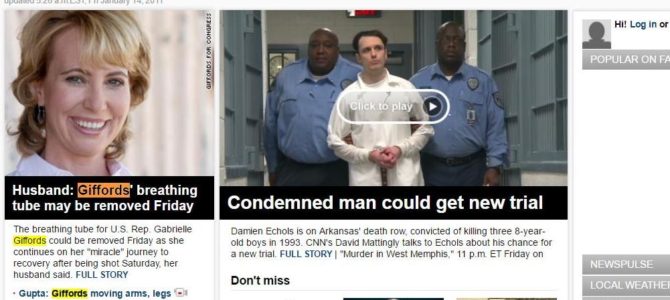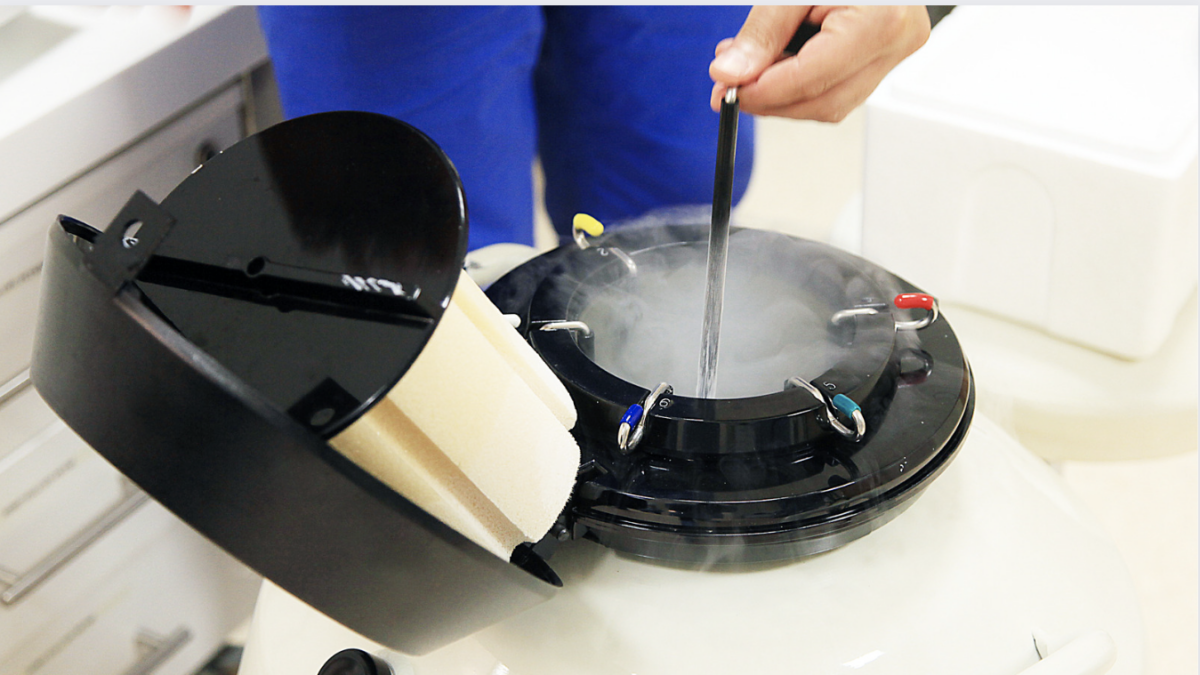
On January 8, 2011, a man later diagnosed with paranoid schizophrenia entered a supermarket parking lot and shot 19 people during a constituent meeting for Democratic Rep. Gabby Giffords, whom he shot in the head at point-blank range and whose medical condition was immediately described as “critical.” Giffords spent approximately six months in the hospital undergoing many serious procedures, but ultimately recovered. Six other people shot in the massacre died. Although initial reports queried whether the shooter had political motives and prosecutors filed assassination charges against him, during the subsequent trial he was found to be, quite simply, a madman.
On June 15, 2017, a man who had volunteered for Democratic Sen. Bernie Sanders’ presidential campaign entered a baseball field where Republican members of Congress were practicing for a bipartisan charity game. He shot four people, including Majority Whip Rep. Steve Scalise, whose medical condition was also immediately described as “critical.” Police officers on the scene immediately engaged and, after a ten-minute shootout, killed the shooter.
Wednesday, Scalise was upgraded to “fair” condition after massive blood transfusions to combat hemmorhaging and a series of surgeries. His medical team says he will need more surgeries and a long period of rehabilitation.
June 21: Updated condition of Rep. Scalise: https://t.co/ITAYqlEYsI
— MedStar Washington (@MedStarWHC) June 21, 2017
The FBI and other law enforcement are still investigating and will be for some time, but Wednesday released the information that Scalise’s shooter had visited the park and took pictures three days after The New York Times reported that Republicans practiced there with plainclothes Capitol Police nearby in a SUV. Here’s information from that FBI update, which in whole suggests the shooting was not only premeditated but political in intent:
Hodgkinson made numerous posts on all of his social media accounts espousing anti-Republican views, although all the posts reviewed thus far appear to be First Amendment-protected speech. The morning of the shooting, a witness reported Hodgkinson asking them, ‘Is this the Republican or Democrat baseball team?’ When the witness responded that it was a Republican event, Hodgkinson reportedly remained at the baseball field.
Analysis of Hodgkinson’s laptop computers show online activity the night before the shooting; however, no Internet searches were discovered the morning of the shooting. The Internet searches Hodgkinson performed the night before the shooting included a Google map search from Alexandria to his home in Belleville and a Google search of the ‘2017 Republican Convention.’
We’ve covered the fact that The New York Times tried to memoryhole the lack of political motive for Giffords’ shooter in its editorial on the Scalise shooting. Now here’s some more data about the media’s asymmetrical coverage of these two events, thanks to the LexisNexis database of newspaper archives and Wayback Machine Internet archives.
Let’s Start with LexisNexis
LexisNexis is a database that archives a large number of U.S. and world newspapers. I used it to compute two timespans following each shooting: The first three days of news coverage, and then the first full week. I also broke out mentions of each representative’s name for The New York Times, Washington Post, New York Daily News, and USA Today, newspapers with the broadest reach, both geographically (USA Today) and politically (NYT, WaPo). Lexis doesn’t include Wall Street Journal archives and their archives for subscribers don’t go back to the Giffords incident (very annoying, WSJ) or I would have included their results, too. So here’s what that looks like.



For what it’s worth, the Wall Street Journal’s archives show 20 articles and blog posts mentioning “Steve Scalise” from June 14 to 16.
While the initial nationwide newspaper coverage of both incidents seems to be weighted towards the Scalise incident, it’s important to note that I also searched for alternate versions of their names (“Gabby Giffords,” “Stephen Scalise,” and “Steven Scalise”) and found only one instance of a U.S. publication using another name for Scalise besides Steve while 35 nationwide publications did so with “Gabby Giffords” in the first three days after her shooting. That doesn’t bring her 689 mentions up to his 745, but it closes the gap appreciably. With the exception of The New York Times, my selected publications seem to have given close to comparable coverage of both events, at least in terms of mentions (we haven’t yet looked at visibility and word count).
Wait a week, though, and something dramatic happens. Here are all those graphs again, with only the time factor changed, from three days post-incident to seven. I searched the Giffords mentions from January 8 to 14, 2011, and the Scalise mentions from June 14 to 20, 2017.

The Wall Street Journal archives show 25 mentions for this time period.
In the week after each shooting incident, newspapers nationwide ran more than twice as many articles mentioning Giffords as they have Scalise. Coverage from the “big four” was more disparate, with The New York Times mentioning Giffords three times as much as Scalise and Washington Post doubling its Giffords coverage despite the Scalise shooting being in the Post’s regional terroritory and easier to cover than a shooting all the way across the country. USA Today mentioned Giffords nearly four times as much as it did Scalise in the week following both shootings.
It’s Not Just Mentions, But Placement
My colleague, Sean Davis, also took a look at big media sites’ placement of stories about both incidents. This is useful because, for one, Lexis doesn’t capture TV coverage or social media, and, two, mentions are only one dimension of media coverage; another is placement. You don’t even have to go to J-school to know that front-page, above-the-fold placement is the top spot. Here’s what Sean found.
https://twitter.com/seanmdav/status/877195198954168321
https://twitter.com/seanmdav/status/877200570364416001
https://twitter.com/seanmdav/status/877202672792858624
More use of the Wayback Machine shows the same trend for The New York Times’ website front page. One week after the attack on Giffords, five stories front-page. One week after the attack on Scalise, “what to cook this week” and how to get jobs for the wives of jihadis. Nothing on Scalise. Not even on gun control.


As another colleague noted in frustration, two days afterward the Scalise shooting was essentially gone from the cable TV news cycle, while Scalise continued to fight for his life in critical condition. That didn’t happen when another U.S. member of Congress was shot just six years previous. To the media, are some people’s lives more important than others simply because of the political party to which they belong?









